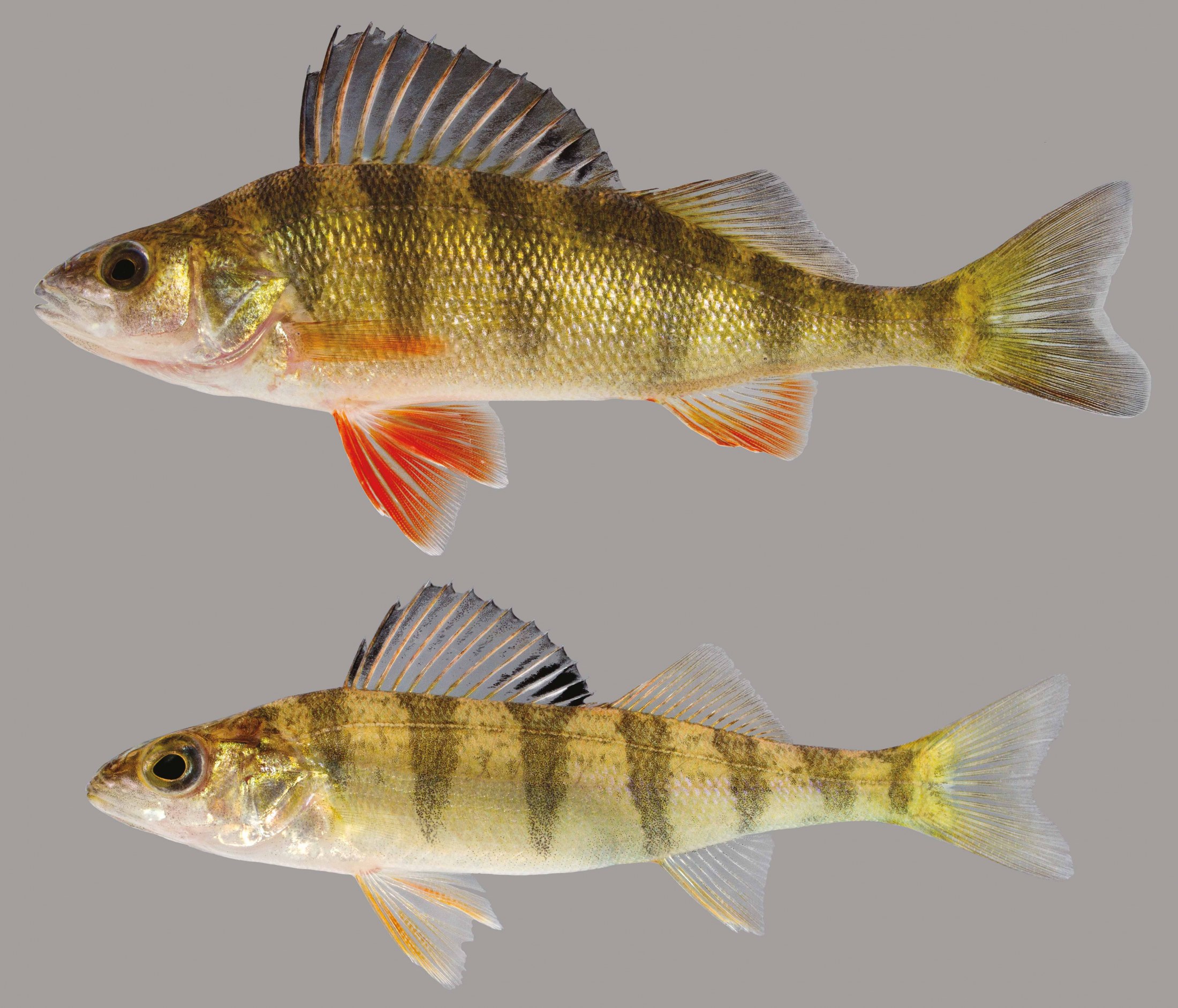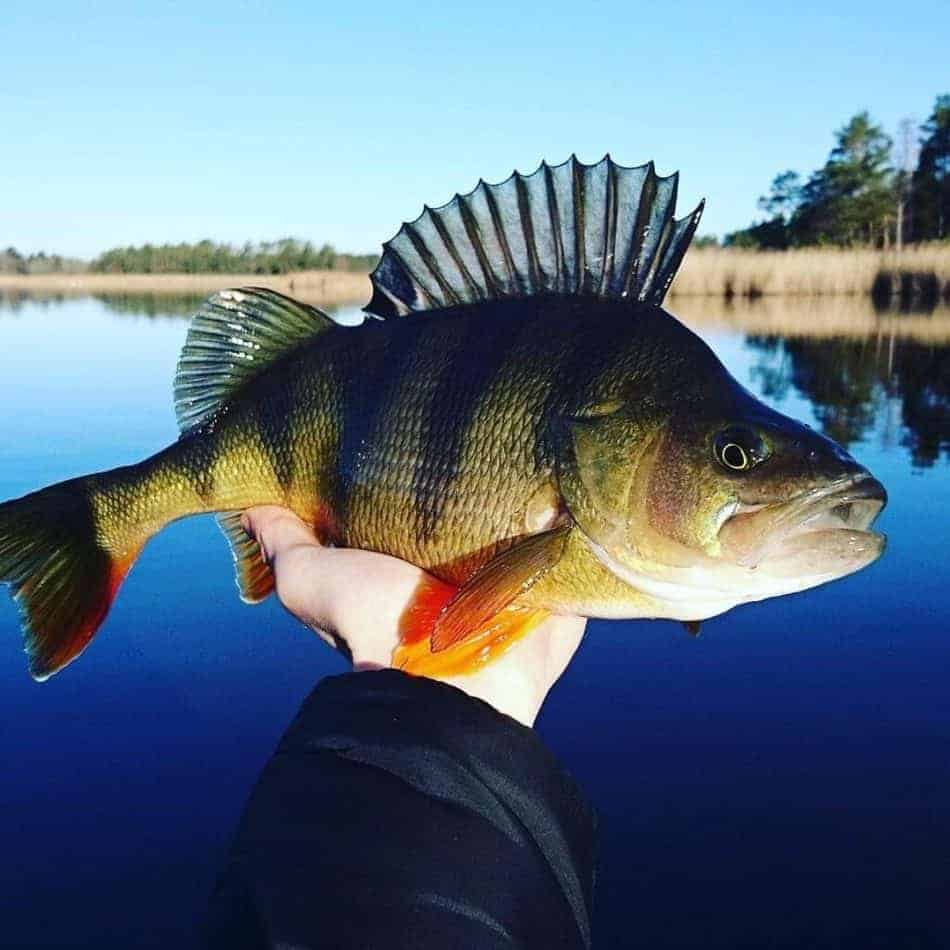Perch Fish Biology

Perch fish, belonging to the family Percidae, are a diverse group of freshwater fish found in various habitats around the world. Known for their spiny dorsal fins and colorful appearances, perch fish exhibit unique characteristics and behaviors that contribute to their ecological significance.
The perch fish, with its iridescent scales, is a sight to behold in the crystal-clear waters of the lake. Its agile movements remind me of the basketball terms floater , a shot that defies gravity and arcs softly over the outstretched hands of the defense.
Like the perch, the floater seems to hover in the air for an eternity before gently descending into the net, a testament to the skill and precision of the shooter.
Physical Characteristics
Perch fish typically possess elongated, laterally compressed bodies with two dorsal fins. The first dorsal fin, located near the head, is spiny and often adorned with spots or stripes. The second dorsal fin, located further back on the body, is soft-rayed and often has a more rounded shape. Perch fish also have pelvic and anal fins, which help stabilize them while swimming.
Perch fish, with their spiny dorsal fins and olive-green scales, are a common sight in the rivers and lakes of the world. They are often found in schools, hunting for small fish and insects. One of the perch’s most formidable predators is the pike fish , a long, slender fish with a voracious appetite.
Pike fish are known for their sharp teeth and powerful jaws, which they use to ambush and devour their prey. Despite the threat posed by pike fish, perch fish remain a resilient species, adapting to their environment and continuing to thrive.
Their coloration varies depending on the species and habitat, but many perch fish display vibrant patterns of greens, yellows, oranges, and reds. These colors serve as camouflage in their natural environments, helping them blend in with aquatic vegetation and avoid predators.
The perch, a small freshwater fish known for its spiky fins and voracious appetite, has found an unexpected connection in the world of basketball. In the lexicon of the court, the term “perch” has emerged to describe a specific basketball maneuver ( perch basketball term ) where a player positions themselves high above the rim, waiting for the perfect moment to snatch the ball and score.
Like the perch fish, this basketball perch requires patience, agility, and a keen eye for the opportune moment.
Habitat and Distribution
Perch fish are primarily found in freshwater habitats, including lakes, rivers, streams, and ponds. They prefer areas with clear water, abundant vegetation, and rocky or sandy bottoms. Some species, such as the yellow perch, are also found in brackish water environments, such as estuaries and coastal bays.
Like a perch fish gliding through the water, the game of pike basketball moves with speed and precision. Just as the perch’s scales shimmer under the sun, the court lights illuminate the players’ athleticism. The ball, like a silvery fish leaping from the water, soars through the air and finds its mark in the net, a moment of triumph akin to the perch’s successful hunt.
Perch fish are widely distributed across the Northern Hemisphere, with species found in North America, Europe, and Asia. They are particularly common in temperate regions, where they play an important role in the aquatic food web.
Feeding Habits
Perch fish are opportunistic predators that feed on a variety of small organisms. Their diet includes insects, crustaceans, worms, and small fish. They are known to be ambush predators, waiting patiently for prey to come within range before striking quickly with their sharp teeth.
Some perch fish species, such as the walleye, are known for their nocturnal feeding habits. They use their excellent eyesight to locate prey in low-light conditions, giving them an advantage over other predators.
Reproductive Cycle, Perch fish
Perch fish typically spawn in the spring, when water temperatures begin to rise. They are broadcast spawners, releasing their eggs and sperm into the water column. The eggs are fertilized externally, and the larvae hatch after a few days.
Perch fish exhibit parental care in some species, with males guarding the eggs and fry until they are old enough to fend for themselves. This behavior helps ensure the survival of the young fish and contributes to the success of the species.
Perch Fish in Cuisine
Perch fish has gained culinary prominence for its delicate flavor and versatility in cooking. It has become a staple ingredient in various cuisines around the globe, offering a range of culinary experiences.
The nutritional value of perch fish is also noteworthy. It is a rich source of protein, omega-3 fatty acids, and essential vitamins and minerals. Consuming perch fish regularly can contribute to improved cardiovascular health, cognitive function, and overall well-being.
Culinary Uses of Perch
- Pan-frying: Perch fillets are often pan-fried to achieve a crispy exterior and tender interior. This simple yet flavorful cooking method enhances the natural taste of the fish.
- Baking: Perch can be baked whole or in fillets, seasoned with herbs and spices. Baking preserves the delicate texture of the fish while infusing it with aromatic flavors.
- Grilling: Grilling perch fillets over an open flame adds a smoky and charred flavor. The high heat sears the fish quickly, resulting in a succulent and juicy dish.
- Poaching: Poaching perch in a flavorful broth is a gentle cooking method that retains the fish’s natural moisture and nutrients.
Popular Perch Fish Recipes
- Pan-Fried Perch with Lemon Butter Sauce: A classic dish that showcases the delicate flavor of perch, pan-fried in butter and finished with a tangy lemon sauce.
- Baked Perch with Herb Crust: Perch fillets are coated in a flavorful herb crust and baked until golden brown, resulting in a crispy exterior and moist interior.
- Grilled Perch with Roasted Vegetables: Grilled perch fillets are served alongside roasted vegetables for a healthy and flavorful meal.
- Poached Perch with Dill Sauce: Poached perch is served in a creamy dill sauce, providing a delicate and aromatic flavor profile.
Perch Fish in the Ecosystem

Perch fish play a significant role in the aquatic ecosystem, maintaining the balance and health of their habitats. Their presence influences the distribution and abundance of other species, shaping the dynamics of the ecosystem.
Interactions with Other Species
Perch fish are voracious predators, feeding on a wide range of aquatic organisms, including insects, crustaceans, and smaller fish. This predatory behavior helps control the populations of these prey species, preventing them from overpopulating and disrupting the ecosystem. Additionally, perch fish serve as prey for larger predators, such as pike and bass, contributing to the transfer of energy within the food chain.
Impact on the Food Chain
Perch fish occupy an intermediate position in the aquatic food chain, connecting primary producers, such as algae and plants, with top predators. By consuming herbivores and smaller carnivores, they facilitate the flow of energy and nutrients through the ecosystem. Their presence ensures a balanced distribution of resources and prevents the dominance of any single species.
Recreational and Commercial Fishing
Perch fish are highly sought after by recreational anglers due to their abundance, fighting spirit, and tasty flesh. Recreational fishing for perch provides enjoyment and relaxation for many people, contributing to the local economy and tourism industry. Commercially, perch fish are harvested for their meat, which is considered a delicacy in many cultures. Sustainable fishing practices are crucial to ensure the long-term availability of perch fish populations.
The perch fish, a denizen of tranquil waters, is a prized catch for anglers. Its silvery scales shimmer under the sun, and its dorsal fin, adorned with sharp spines, serves as a formidable defense. Like the perch, the pike, a predatory fish of northern climes, possesses a distinctive dorsal fin.
To delve deeper into the pike’s characteristics, explore its definition. Returning to the perch, its culinary versatility makes it a beloved addition to any fisherman’s catch.